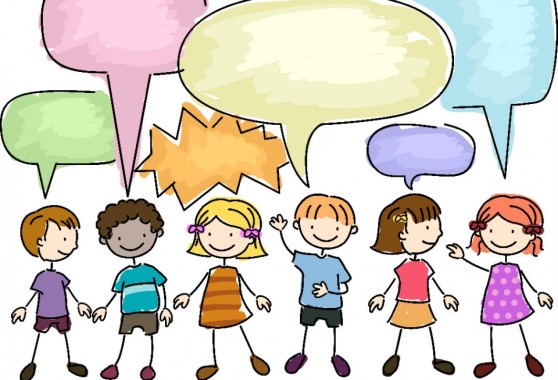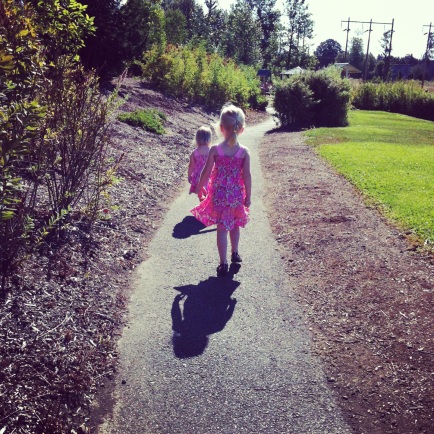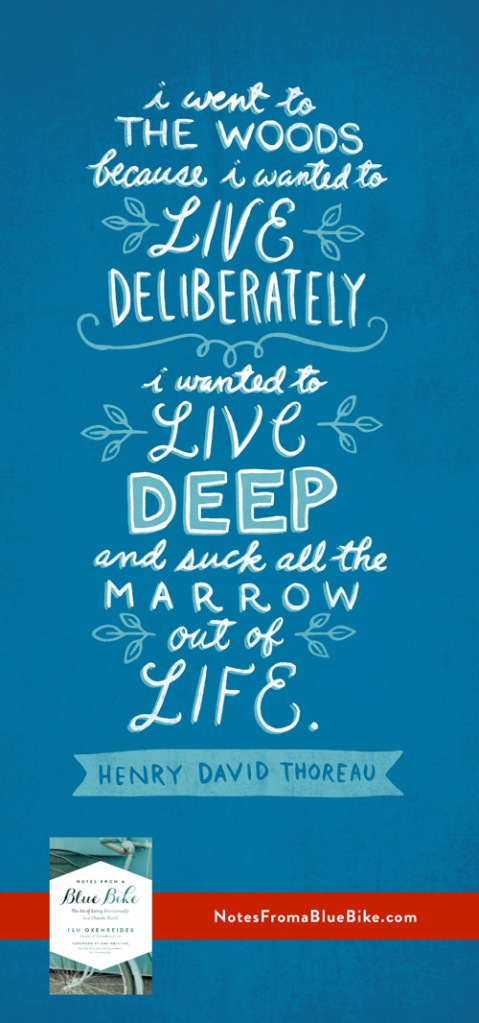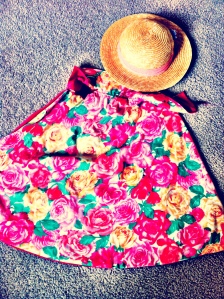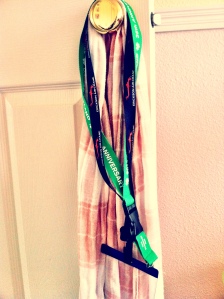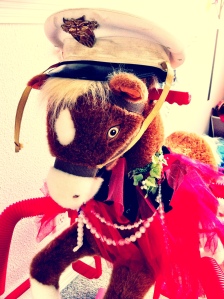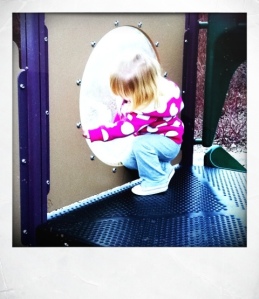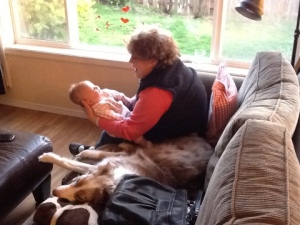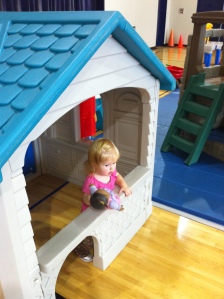This post is part of the Blue Bike Blog Tour, which I’m thrilled to be part of. To learn more and join us, head here.
The new year ushered in a new chapter for our family as my husband and I sat down to reevaluate our priorities and solidify our family purpose statement. We’ve aspired to live more simply, more intentionally, with greater balance in our lives, something that is equal parts intuitive and challenging with young children. The art of communicating with our children, my passion and study, flourishes with intentionality, and learning expands with simple, purposeful moments. It is these moments that we strive to cultivate, to water and fertilize as our children grow.
But where to start when the garden seems overrun with demands? Work schedules, information overload, and personal expectations and perfectionism all cling like weeds to our lofty goals, and at times I feel paralyzed to even make change.
And so it was fitting that on the heels of the start of the new year came the release of a book “Notes From a Blue Bike”, by one of my favorite authors. Tsh Oxenreider lives with her family in nearby Bend, and her reflections on living a life with intentionality echoed within our family’s discussions of the new year…how to cultivate that life that you seek… how to swim upstream and at times turn your back on mainstream culture… how to recognize that just because it’s “the way it is” doesn’t mean it’s the right way for your family.
“Almost everybody in my life stage – parents with kids at home – craves a slower life. They, too, crave a more meaningful life, a life that made margin for doing nothing, for not bowing down to calendars, for saying yes to long walks with their kids and cooking seasonally from scratch because there was time.” –Tsh Oxenreider
And so, it was with these thoughts in our mind that my husband and I stared around our little 1500-square-foot house and considered downsizing (!) in pursuit of the right job opportunity. It was with this intentional living mantra that I clicked the “reservations” button on the American Airlines website, to send us and our two young daughters on an international trip, where we hope to dine, hike, and sleep under the stars of another culture. It was with Tsh’s words clanking around in my head as the gears turned and I reduced my work load to a more manageable schedule. Who knows what other changes lie in the works for 2014?
I would love to hear how you are choosing to live with intention this year. What is one change that you are making for the better? Leave a comment below, and head to http://notesfromabluebike.com/ to find Tsh’s book.
Notes From a Blue Bike is written by Tsh Oxenreider, founder and main voice of The Art of Simple. It doesn’t always feel like it, but we DO have the freedom to creatively change the everyday little things in our lives so that our path better aligns with our values and passions. Grab your copy here.
